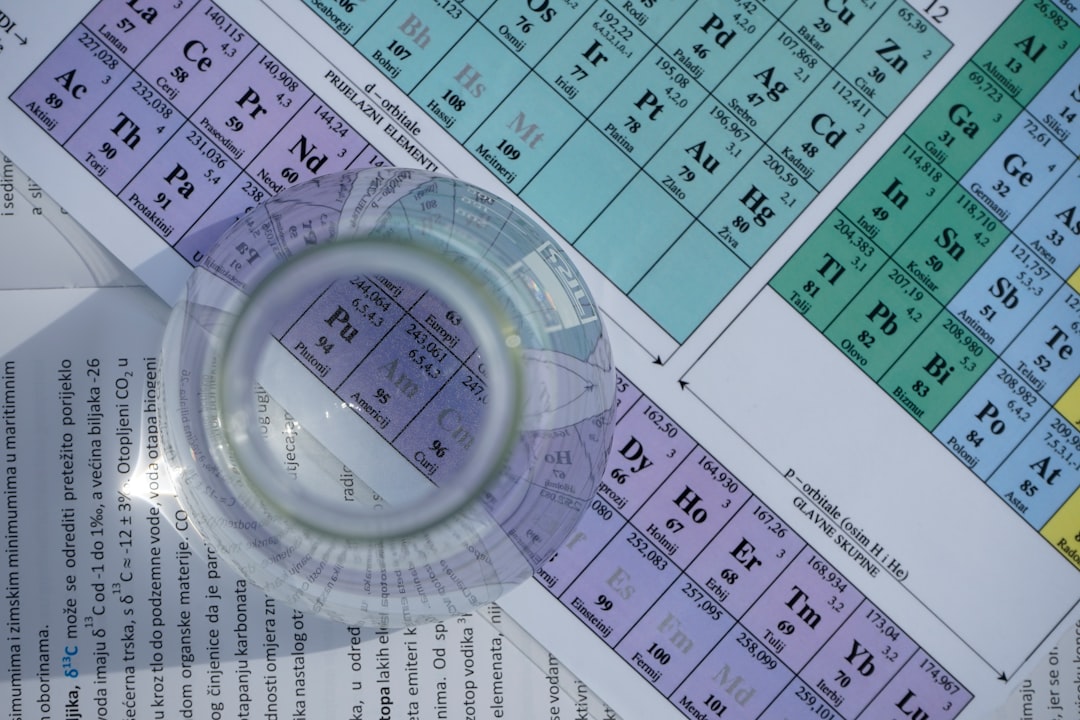What is it about?
Many technological applications demand soft matter (e.g., polymers, gels, and many biological materials) with properties that meet engineering design constraints for performance. Finding the right chemical building blocks to assemble materials with desired properties is akin to finding a needle in a haystack. We review how state-of-the-art computational strategies can use knowledge of targeted material properties to guide experimental discovery of the most promising chemical building blocks for material synthesis and preparation.
Featured Image

Photo by Clark Van Der Beken on Unsplash
Why is it important?
Though computer simulations have a long history of providing useful predictions for how a given material will behave, the more challenging problem of discovering which new material would exhibit desired properties has remained out of reach. We illustrate how advances in machine learning and computational strategies for solving inverse problems of statistical mechanics are changing the landscape, broadening our understanding of soft matter and elevating the role of simulation in materials design.
Read the Original
This page is a summary of: Inverse methods for design of soft materials, The Journal of Chemical Physics, April 2020, American Institute of Physics,
DOI: 10.1063/1.5145177.
You can read the full text:
Resources
Contributors
The following have contributed to this page










